What Is Hygroscopy
Introduction to Hygroscopy
Hygroscopy is a characteristic property of a material that describes the ability of a substance to absorb and retain water molecules in the atmosphere. This characteristic plays a key role in industries such as pharmaceuticals, food storage, electronics, textiles, and manufacturing, where moisture directly affects the quality, safety, and shelf life of a product.
What Makes A Substance Hygroscopic?
Hygroscopicity is attributed to a material when its molecular structure allows conditions for water molecules to be adsorbed and held. This occurs due to several reasons:
1. Chemical Structure: Polar molecules, ionic salts, and certain polymers absorb water since they contain polar or charged groups.
2. Porosity and Surface Area: Materials with a high surface area or porous structure provide more sites for water adsorption.
3. Environmental Conditions: Temperature, humidity, and airflow can influence the rate at which a material absorbs moisture.
Not all hygroscopic materials respond uniformly; their relative responsiveness to water varies significantly. Silica gel, for example, can absorb large quantities of water, whereas cellulose absorbs moisture more reluctantly. This variance has implications for material trading, storage, and application within industries.
Why Is Hygroscopy Problematic?
Although hygroscopicity is useful in applications such as desiccants or water control, it is often undesirable. Excessive absorption of water can lead to:
• Chemical degradation: Certain drugs or chemicals destabilize when interacting with absorbed water, reducing effectiveness or safety.
• Structural and texture changes: Absorbed water in food and textiles alters texture, causes products to swell, or promotes microbial growth.
• Electrical failure: Semiconductors and electronics are hygroscopic in nature and can absorb moisture, which can lead to corrosion, short circuits, or device failure.
• Reduced shelf life: Exposed products automatically exhibit a reduced shelf life, thereby lowering quality and performance.
Handling of Hygroscopic Chemicals
Hygroscopic materials are handled with care regarding storage conditions, packaging, and environmental control. Effective practices include:
1. Sealed Containers: Sealed containers prevent moisture intrusion and enclose the material securely.
2. Humidity Control: Maintaining a constant and low-humidity environment reduces the likelihood of unwanted moisture uptake.
3. Use of Desiccants: Desiccants such as silica gel or molecular sieves absorb any remaining moisture and protect sensitive materials.
4. Monitoring: Regular monitoring for signs of moisture uptake or degradation allows for early intervention and prevents further damage.
5. Handling Procedures: Minimising exposure to air during transfer or processing reduces the material's exposure to room humidity.
Conformance with these standards allows industries to maintain product integrity, reduce waste, and deliver consistent performance.
Examples of Hygroscopic Materials
Hygroscopic materials are present in everyday life and specialised industrial processes. Some examples include:
|
Material |
Common Uses |
Moisture Absorption Rate |
|
Salt |
Food preservation, seasoning |
High |
|
Silica Gel |
Packaging desiccant, electronics |
Very High |
|
Glycerin |
Moderate |
|
|
Cellulose |
Paper products, textiles |
Low |
These are just a few examples of hygroscopic behaviour, from very high water-absorbing materials such as silica gel to relatively hygroscopic materials like glycerin. The selection of an appropriate material and storage depends upon the degree of hygroscopicity and application.
Hygroscopy in Various Industries
Hygroscopicity influences various industries, product performance, and shelf life.
Pharmaceuticals
The majority of drugs are hygroscopic. They can spoil, lose potency, or even become toxic if not stored adequately. Controlled packaging, tight containers, and desiccants are necessary to ensure efficacy and safety.
Food Industry
Texture changes, spoilage, and reduced shelf life resulting from moisture absorption can affect food products. Techniques such as controlled humidity storage, desiccants, and preservatives are employed to maintain quality.
Electronics
Electronic equipment is highly sensitive to moisture, leading to corrosion, short circuits, and failures. Hygroscopic materials require careful handling using moisture barriers and air conditioning during storage.
Textiles
Paper products and clothing are hygroscopic and can absorb moisture, which may lead to mildew development, mechanical degradation, or distortion. Ventilation, bagging, and air conditioning are common practices.
Frequently Asked Questions
What is hygroscopy?
Hygroscopy refers to the ability of a material to absorb water molecules from the air.
Why are hygroscopic materials beneficial?
They are beneficial in products where moisture impacts product quality, function, and safety.
How to store hygroscopic materials properly?
Store them in sealed containers, in a humidity-controlled environment, and add desiccants to prevent moisture absorption.
What are some common examples of hygroscopic materials?
Salt, silica gel, glycerin, and cellulose are some common beneficial hygroscopic materials.
How does hygroscopy affect electronics?
It can cause corrosion, short-circuiting, and component failure, thereby necessitating careful handling.

 Bars
Bars
 Beads & Spheres
Beads & Spheres
 Bolts & Nuts
Bolts & Nuts
 Crucibles
Crucibles
 Discs
Discs
 Fibers & Fabrics
Fibers & Fabrics
 Films
Films
 Flake
Flake
 Foams
Foams
 Foil
Foil
 Granules
Granules
 Honeycombs
Honeycombs
 Ink
Ink
 Laminate
Laminate
 Lumps
Lumps
 Meshes
Meshes
 Metallised Film
Metallised Film
 Plate
Plate
 Powders
Powders
 Rod
Rod
 Sheets
Sheets
 Single Crystals
Single Crystals
 Sputtering Target
Sputtering Target
 Tubes
Tubes
 Washer
Washer
 Wires
Wires
 Converters & Calculators
Converters & Calculators
 Write for Us
Write for Us
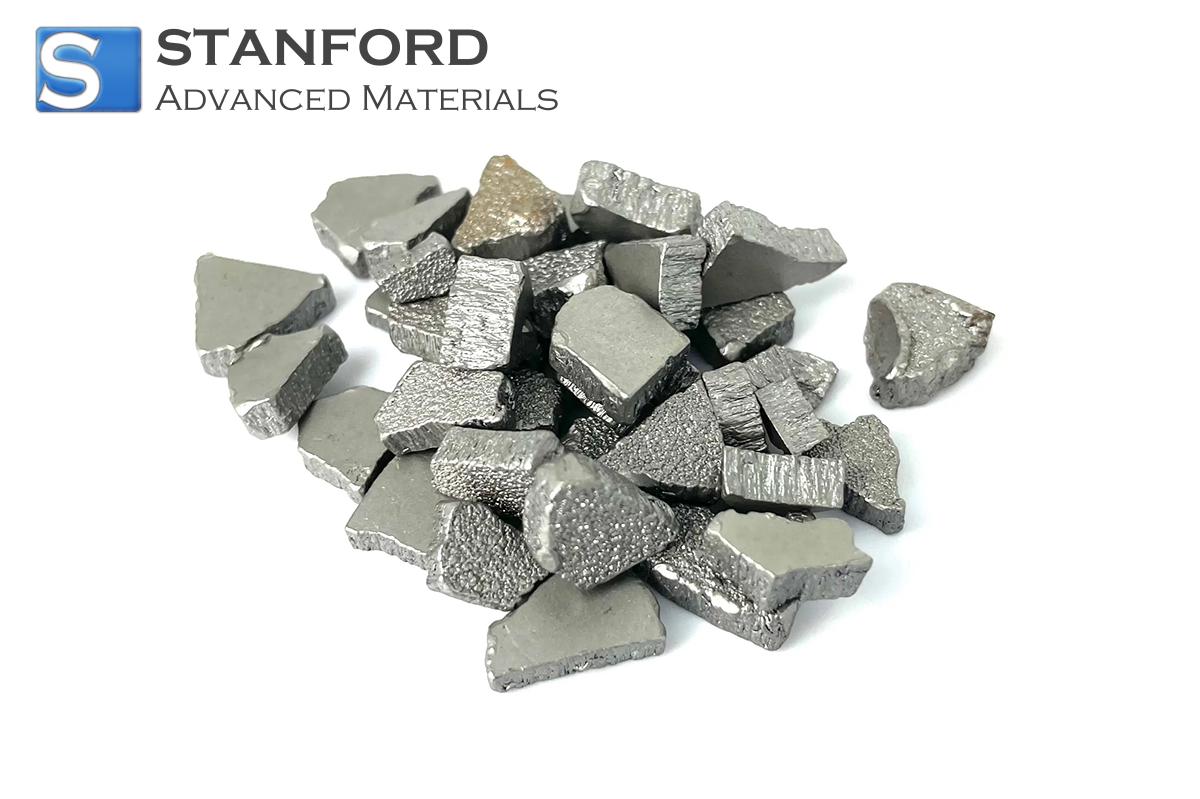
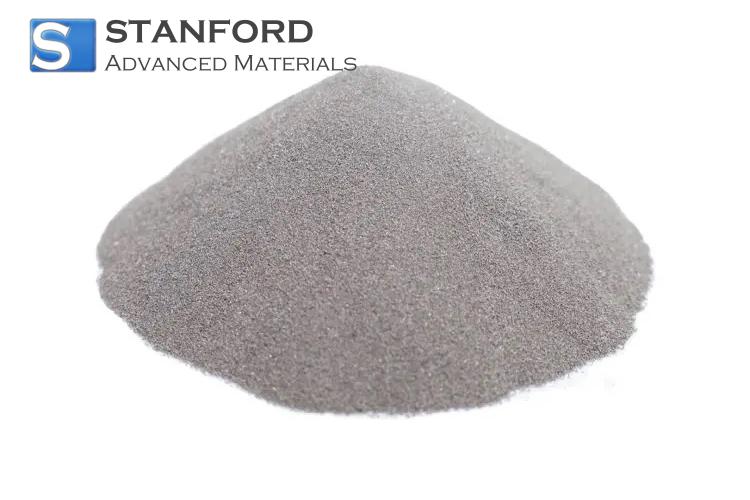
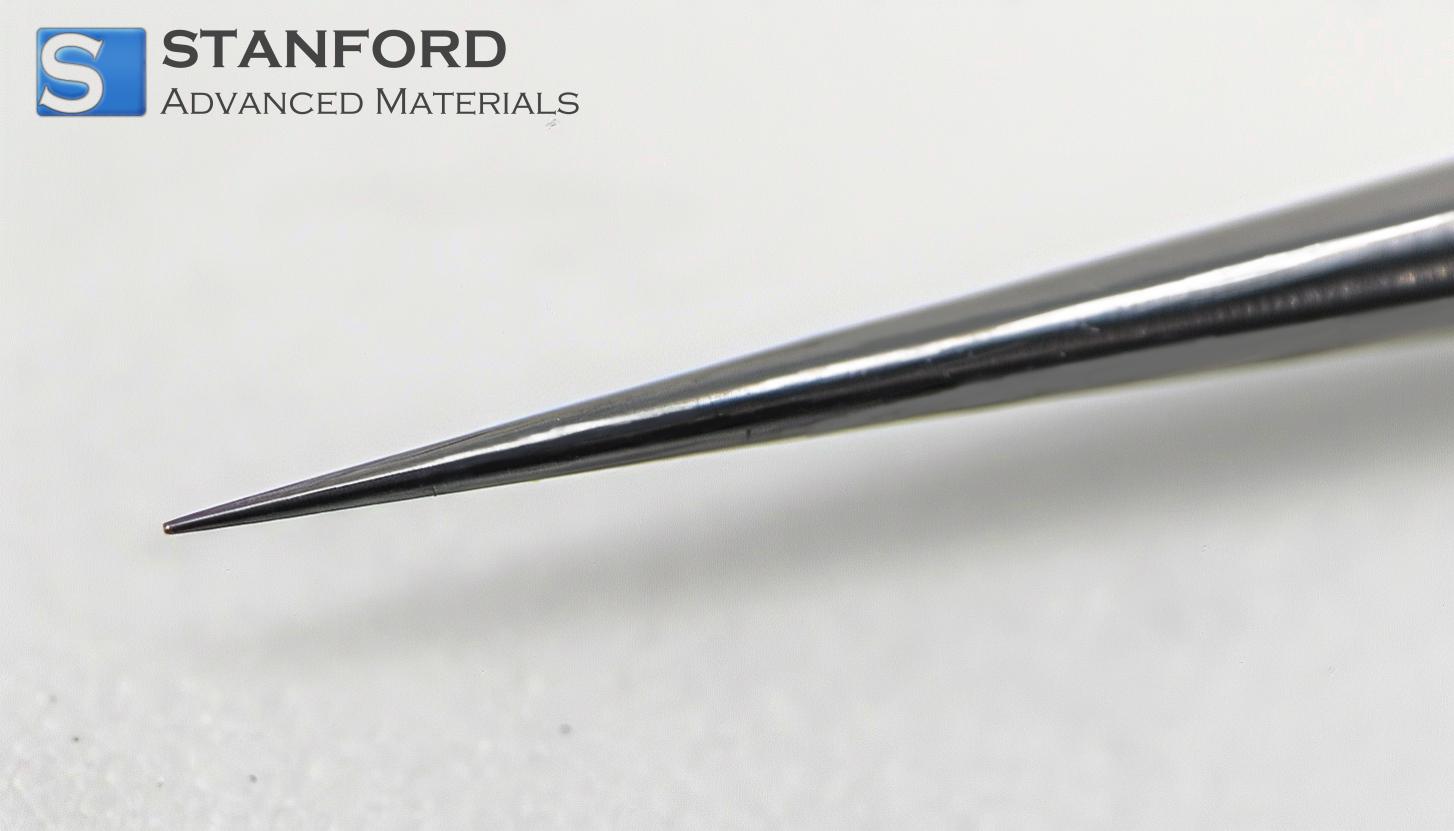
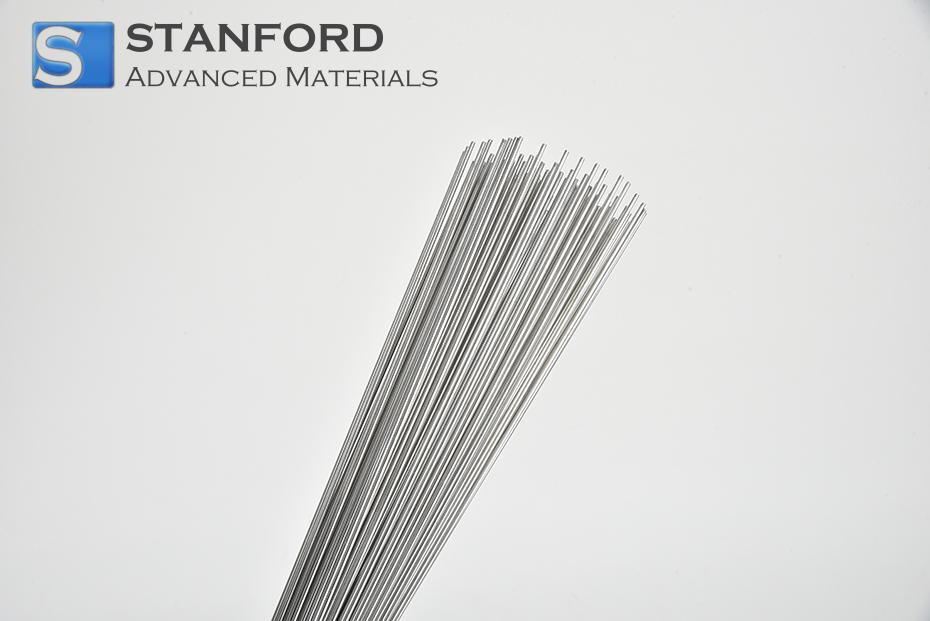
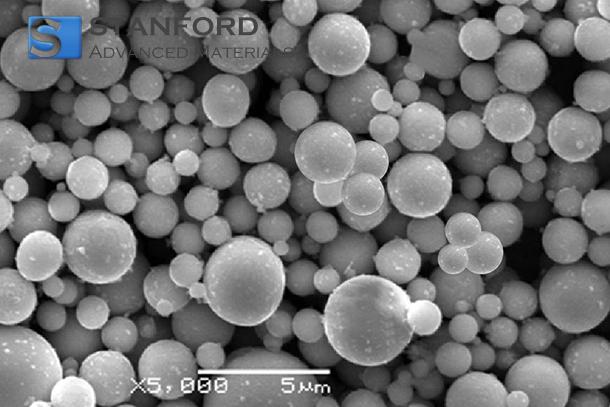
 Chin Trento
Chin Trento



